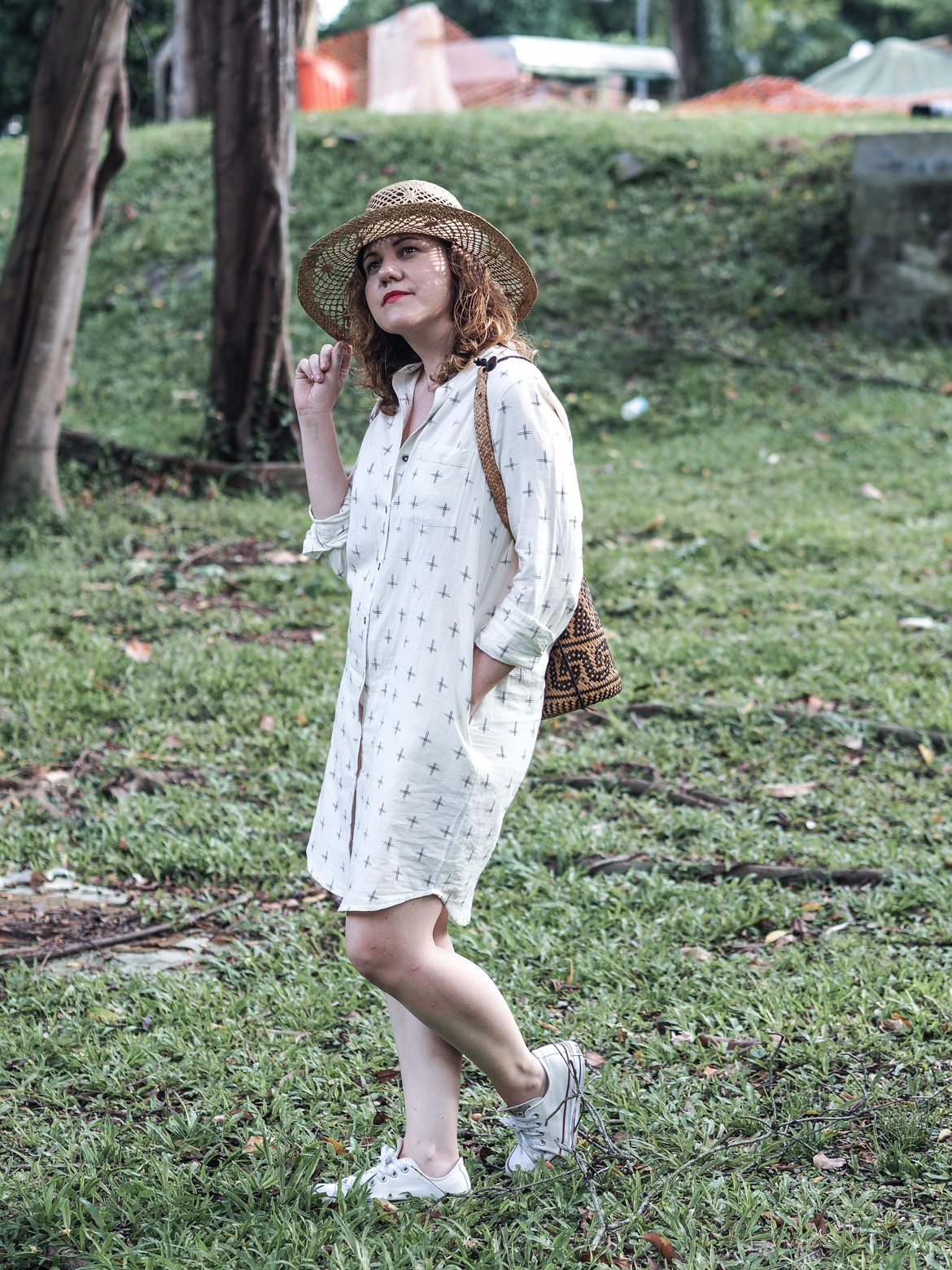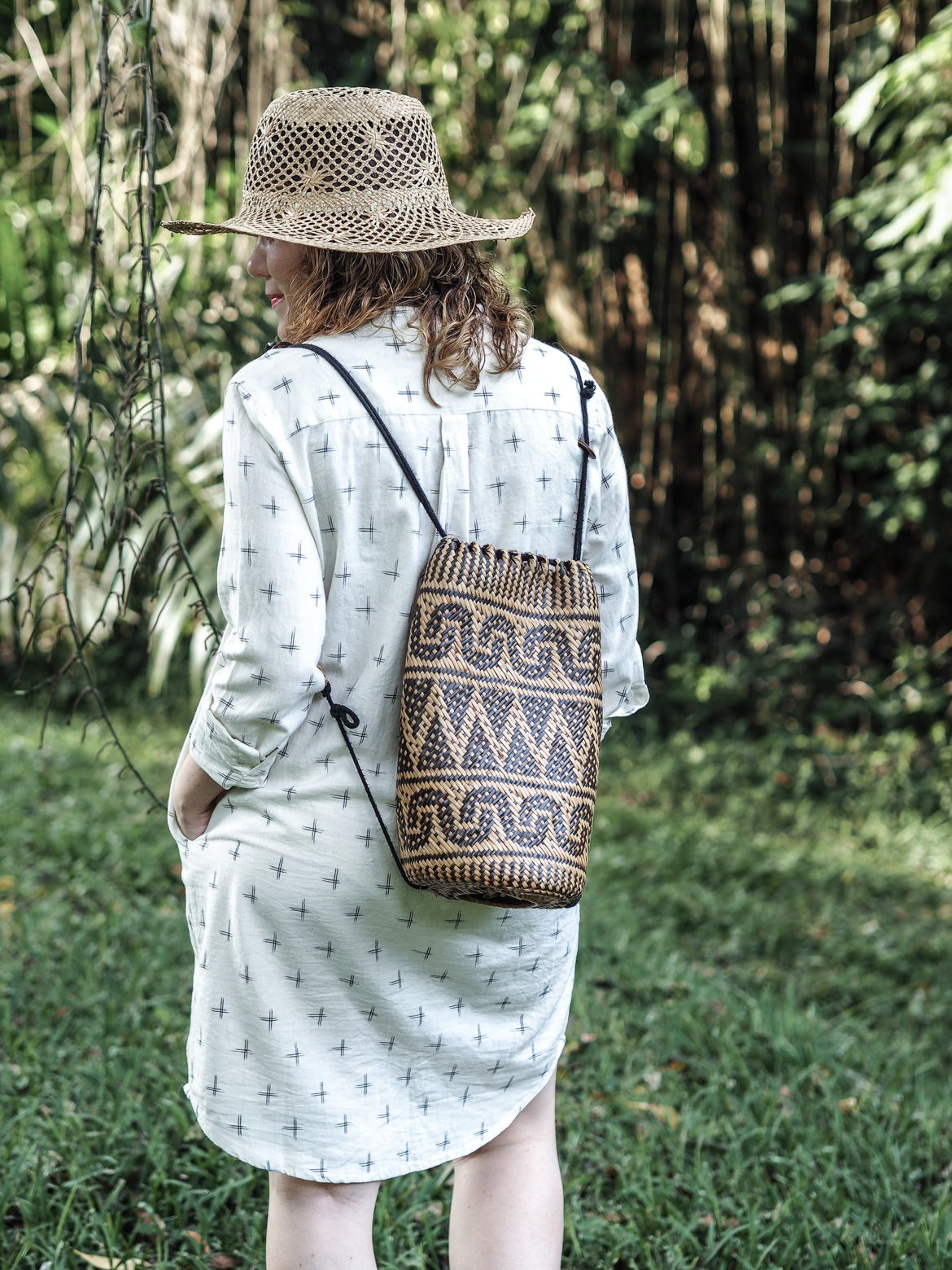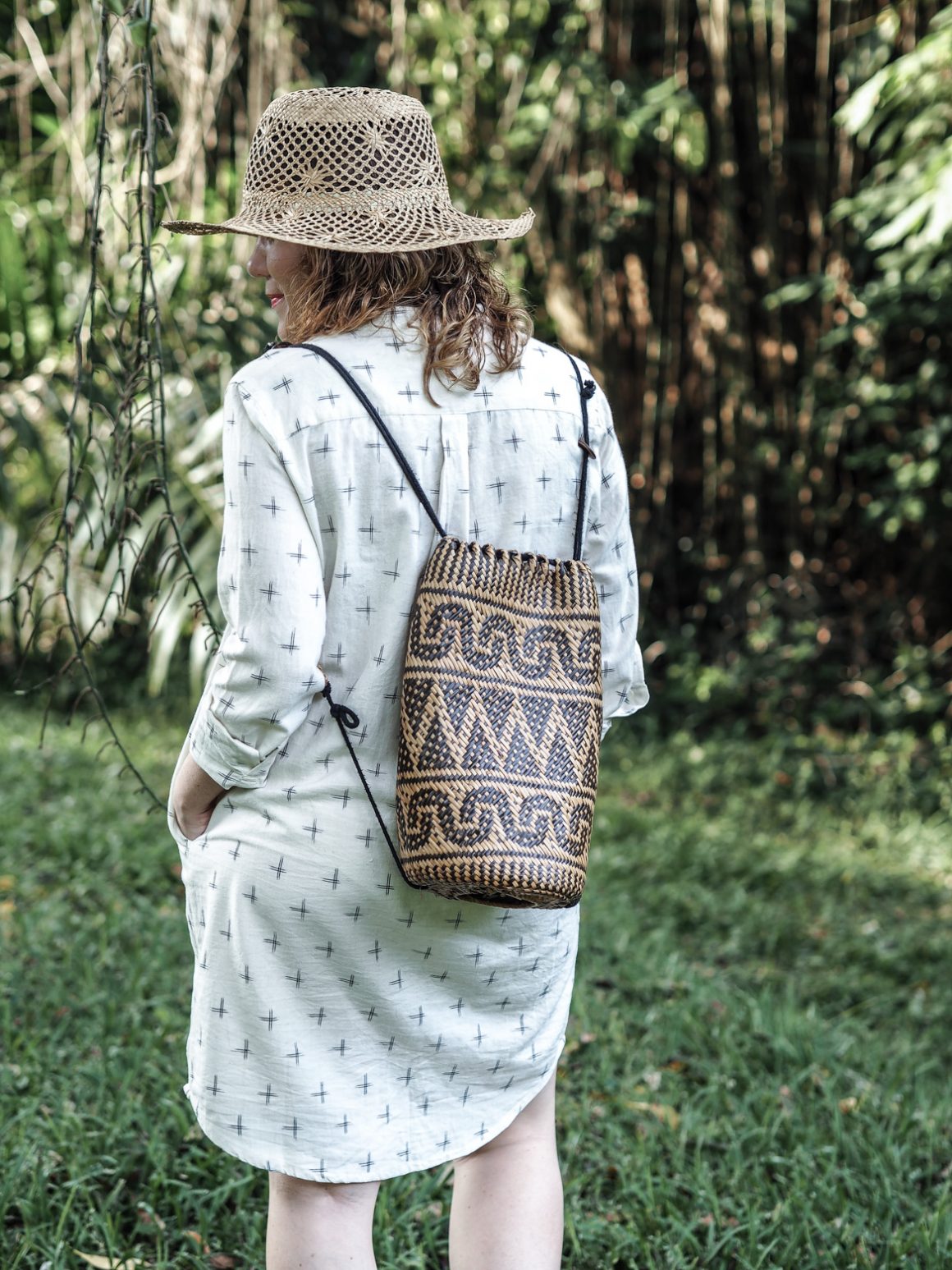I’ve been thinking a lot about how the average consumer understands sustainable fashion and I’ve realised that , although most people have access to fashion, most don’t realize what is behind the fashion industry.
Many of us are very lucky to be able to afford clothes that are made in a sustainable way. A lot of people aren’t. Others are just not willing to pay more for a garment made in a sustainable way versus a similar, cheaper, unethical competitor.
Understandable?
But do they know what is behind that affordable price tag?
Truth be told, sustainable fashion is not affordable. That is, when we compare the prices with Zara, H&M and the rest of the fast fashion fam.
But do consumers know what is behind the fast fashion industry and why they are paying $10 for a t-shirt made in [insert Asian country]?
Most of them don’t and that’s why I’m here today. To bring a bit of light on the facts behind fast fashion price tags. Feel free to add on any of the below in the comments section. I’d love to read your thoughts.
Why is sustainable fashion not so affordable?
Sustainable fashion, as the name indicates, is made in a sustainable way. And that’s where the markup begins.
First, the production is done in small quantities, because the demand is not so high (although it’s growing a lot), which translates in a higher cost for the brand. We will talk about this later on.
Second, the fabrics used are either natural or recycled, which have a more expensive production process. Organic certification also has a very high cost.
There are many other factors that make a brand sustainable, like the working conditions in the factories or workshops (the better the conditions are, the higher the cost for the factory owner and possibly the higher the salaries for the workers), the water used in the production process and the way they deal with waste. Every step of the supply chain needs special equipment and monitoring and all that has a cost.
Accountability has a cost.
Consumers see price as a problem and an impediment to buy clothes from sustainable brands vs. fast fashion brands. But the truth is that there are a couple of facts that play an important role in the buying decision for every consumer:
- Price: we want to save as much money as possible
- Availability: ideally be able to go to a shop near our home or close enough
- Convenience: if we buy online we want great customer service and free worldwide shipping. And God forbid there is a delay or a mistake in our order.
When did we become so demanding?
We simply got spoiled from fashion giants since we were very young. We got used to it. All of us have bought clothes in these big, affordable stores and we know how the service is: affordable, fast and easy.
I’m not saying sustainable fashion consumers should give up on good customer service. On the contrary. A client deserves to be treated in the best possible way. But I think it is important to understand that small brands don’t have it so easy when hiring services as bigger brands do. Quantity is everything for a supplier.
The higher the quantity you order, the higher the consideration towards you as a client. You buy more from me, me happy, me give you better prices.
But how is it for the big brands?
Big corporations have unlimited amount of resources
These brands have big teams all over the world that take care of all aspects of running a fashion business. Keep in mind that the business model of fast fashion brands needs to be supported by highly responsive supply chain to be able to supply new product very frequently. Here is the general breakdown again:
- Price: companies order huge quantities of average or low quality fabric, thus reducing the cost greatly. Same with the finished pieces.
- Availability: with a big e-commerce site and operations teams located in main markets, they are able to deliver worldwide. Shipping companies offer them a reduced price because they get service so often. Brands are able to cover the shipping costs or include it in the price tag and thus offer “free shipping”. But nothing is free, my friend.
- Convenience: big fashion brands run a parallel business called Real Estate. Due to the volume they manage and the profit they make, they are able to open stores everywhere and you can find them near your home. They make it very easy for us to shop.
These companies hire designers to make the designs seen on the catwalks. Then find cheap labor in developing countries to produce the designs reducing manufacturing costs to a minimum.
The average profit margin in fast fashion is 40% over the cost of the garment. So if we buy a t-shirt for $10 , means that the total cost for that t-shirt is about $6. Total costs include fabric price, labor cost and shipping costs.
I repeat, $6. If the cost of design, manufacturing and shipping can be included in s-i-x dollars…Something is missing here and my mind is blown.

Sustainable Fashion brands don’t have those resources
And this is why sustainable fashion for the average consumer is not straight forward.
With some exceptions of brands like Everlane, Reformation and such, sustainable fashion brands are not able to compete with these giants. Why? Simply because the demand for sustainable fashion is not so high.
If the demand is not high, the supply is not high. And if the supply is not high, prices are high.
In most cases, behind a sustainable fashion brand there is a very small team. I’m talking about 3-5 people, and in some cases just one or two. How can a small team like that compete? It’s simply not possible.
When a brand tries to do business ethically and in a sustainable way, it has to be done slower. If you want to employ artisans in a remote village, you can’t order huge quantities because it won’t be possible for them to deliver on time. Small quantities are in order for small brands, and the cost is higher.
What to look for when shopping?
The way of getting the attention of an average consumer is educating them so that they know what is behind the fashion industry. That way they’ll be able to make an informed purchasing decision.
Are you buying a polyester shirt? That means that you are paying to wear plastic. Polyester is a synthetic, man-made polymer, which is essentially plastic. It makes a low quality fabric that is not breathable and will make you stink if you sweat. Also, it will remain on Earth for hundreds of years after you discard it. Because plastic takes hundreds of years to decompose.
Are you buying a dress made in Bangladesh? Then chances are that your dress was made by people who work under poor conditions and aren’t paid enough to live with dignity. Bangladesh has quite low standards for regulations on garment workers conditions. And yet fashion is one of the main industries in the country with 2.2 million Bangladeshis employed, where 80% of them are women.
If there is a salary gap between men and women in western countries, just imagine how it is in a developing country like Bangladesh. But this is a whole different topic and I’m digressing.
The average consumer is not aware of the facts behind a fast fashion price tag
Or maybe they are but they don’t truly understand them. That was my case before moving to Asia. It is something people talk about, you hear about it here and there and can even read about it in the press. But it wasn’t until I moved to Asia and visited those countries that I realized what the living standards are there. And believe me when I say that it is impressive, in the saddest possible way.
If you love a piece from Zara and you know that you are going to wear it a bunch of times, you could argue that it is a justified purchase. But if you want to go on a deeper level, take a look at the label. See where the piece was made (look for the “Made in…”). See what material it is made out of.
Is the purchase still justified? Can you find something better? If you look for the information behind the price tag, you will be able to make an educated decision on that purchase. Because you will know the what, the how, the where and the who.
Although to me the question is not whether to buy less fast fashion and more sustainable fashion.I think that on either case it should be an informed purchase. In the end, if the clothes end up forgotten in your wardrobe it doesn’t matter if they are sustainable or not because you would’ve made a useless purchase.
To me it really is about buying only what you really love and will get a lot of wears out of.
It’s about knowing where your clothes are made and out of what material.
It’s about choosing wisely.


Outfit details:
Dress- Matter Prints
Hat – Masscob (old)
Sneakers – Converse (old)




Leave a Reply
You must be logged in to post a comment.